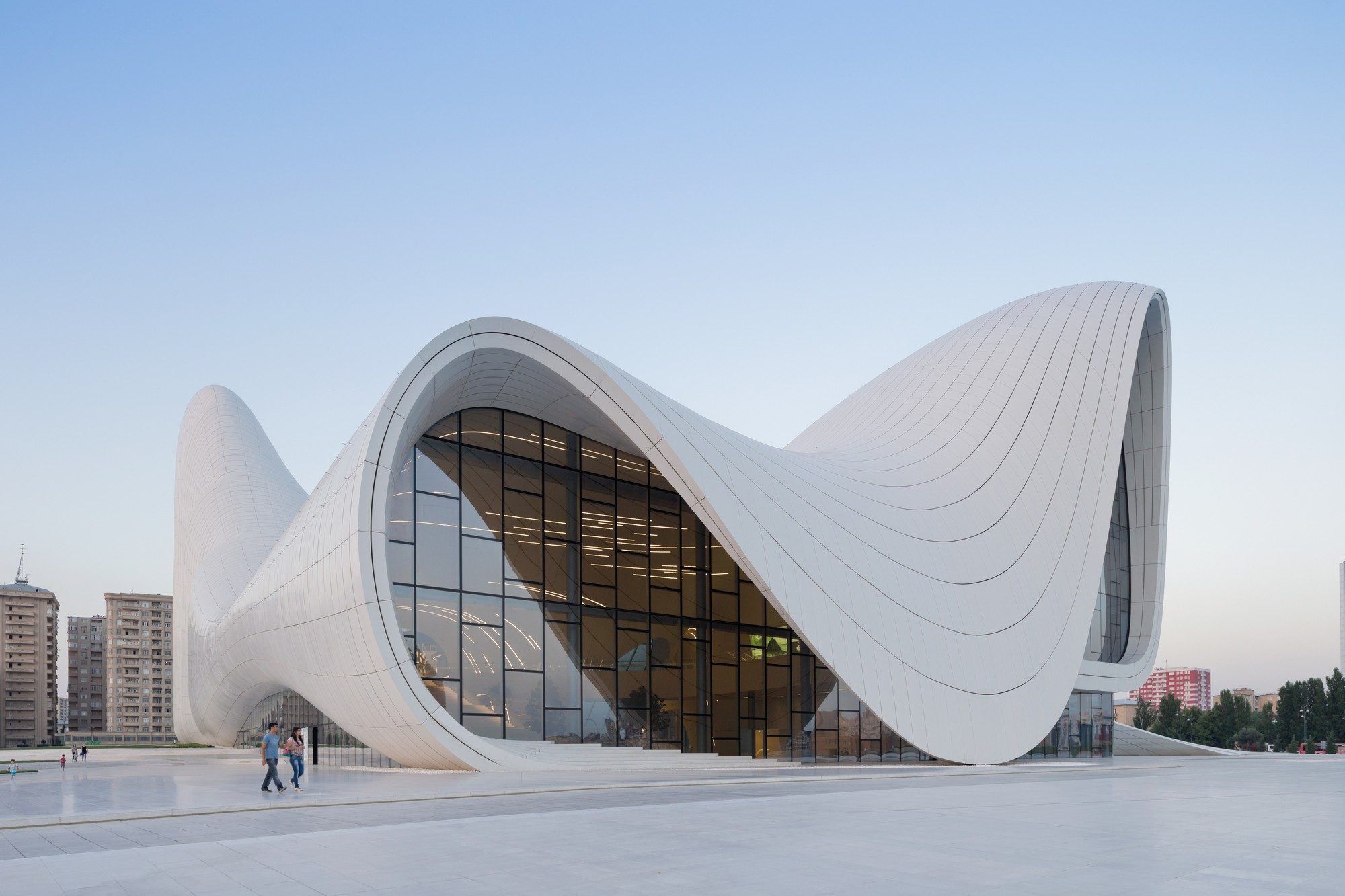PROGRAMS
Join thousands of people who organise
work and life with Novatr.
Generative Design in Architecture Explained
Parsa Abdolahzade
9.5 mins read
August 14

What is generative design in architecture?
In simple words, generative design in architecture is a strategy that uses computer algorithms to analyze and explore all the design possibilities based on specific goals and constraints. It allows the designer to work faster, make better-informed design decisions and provide them with data to justify specific design choices.
![Generative Design architecture iterations polyhedron rat[lab] studio](https://drt8cv58r2b23.cloudfront.net/images/blog/generative_design_process.jpg)
Generative Design produced various iterations of the required polyhedron form by rat[LAB] Studio (Source: rat[LAB] Studio)
How is generative design in architecture different from computational design and parametric design? These concepts are closely related but they are different facades of the same phenomena. Computational design refers to tools and methods used to carry out design, parametric design is the means to control the design process and generative design is the actual process.
What is the purpose of generative design in architecture?
It is essential to enhance the design process as it is. Between every primary idea and final result lies a long and rough path with a lot of dead ends and roundabouts. It’s a to-and-fro process of trials and errors until you arrive at an equilibrium of many different requirements that you need to meet. That is the bulk of what an architect does.
This is a complex process, as every change can influence countless other elements compromising previously established decisions. The architectural design process is making an enormous amount of decisions, making the traditional way of modelling very labour-intensive and time-consuming. For example, consider positioning a simple window, it may be aesthetically pleasing on the façade but it may make the location of the bed in the room unfeasible or increase the building’s energy consumption.

Muqarnas by Michael Hansmeyer (Source: aiartists.org)
Combine this with the limited time and budget for construction projects you’ll realize that architects seldom have the time and money to explore all the possibilities and have to settle on a design at some point not because it has solved all the design issues, but simply because there is no time. This turn into an obstacle to the architect’s creativity and might lead to serious design flaws sometimes.
This is where generative design examples appear in architecture. To augment the trial and error process of design, decreasing possible design flaws and increasing the creative abilities of designers. It is achieved by decreasing the time and money required to reach a conclusive, more informed final proposal with data to back up its claims. Think of generative design software as an assistant that helps with creating, testing, and evaluating options.
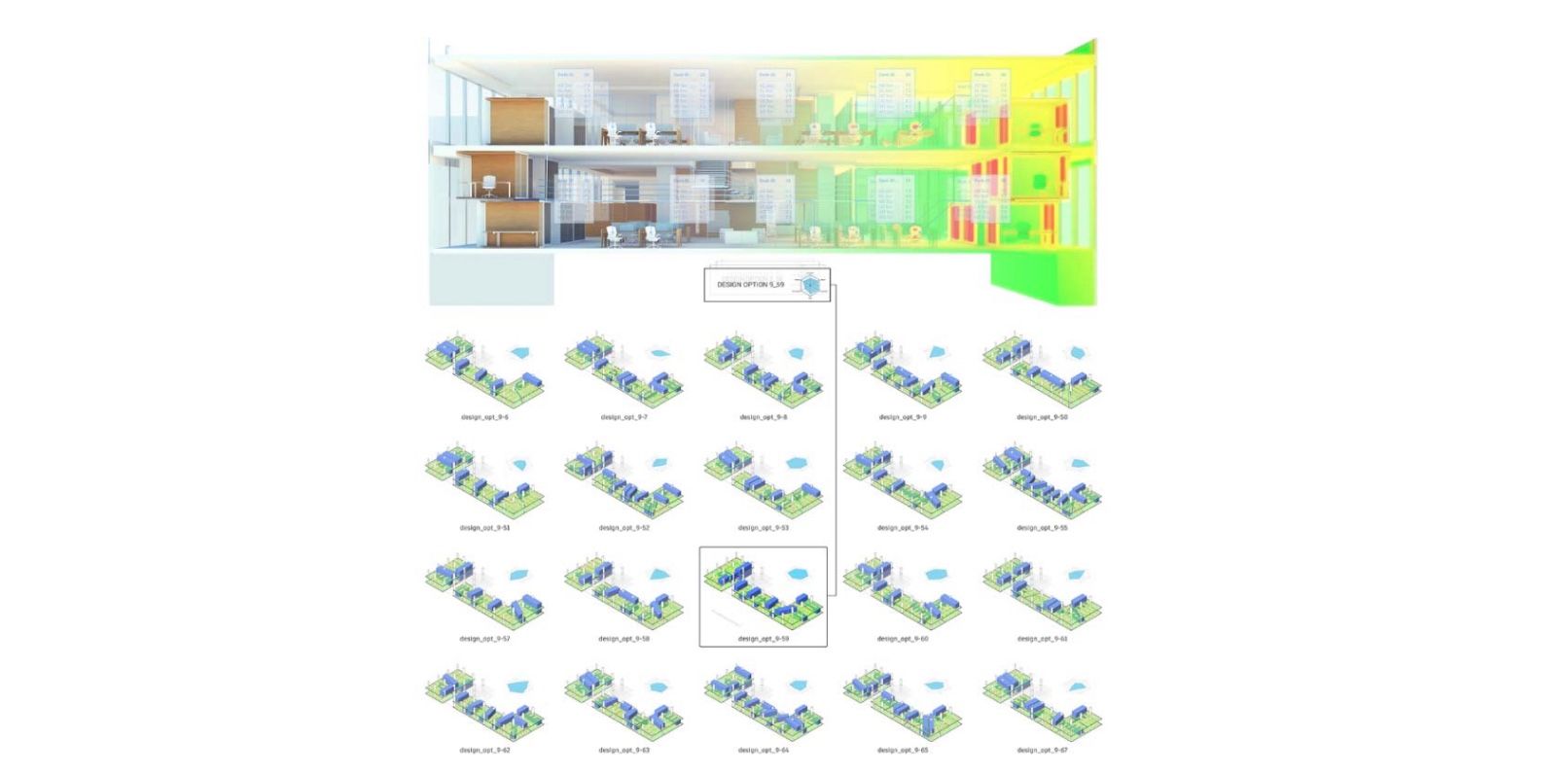
Generative design for the MaRS Autodesk Office Project (Source: www.autodesk.com)
What is the generative architecture design process?
The overarching scheme of this process has three overall stages. They are:
1. Pre-GD
2. GD
3. Post-GD

Generative design process (Source: autodesk.com)
1. Pre-Generative Design
The first or preliminary stage is called pre-generative design (Pre-GD). At this stage, you have to define goals, identify important parameters that are important in achieving them and specify constraints. These constitute a set of data that are used to kick start the main generative design process. These data derived from the programming of the project decided by architects and stakeholders which might Include regulations (e.g. construction boundaries, heights), commercial requirements (e.g. number and area of apartments), performance (e.g. structural, energy consumption), the proximity of functions and circulation, and livability factors such as occupancy, daylight, and views, etc. The more precise data gathered and input into the generative process the more efficient and fine-tuned results will be achieved.
2. Generative Design
The second stage or the main stage is where computer algorithms come into play. Provided with the data, It starts a cyclical process of generative design (GD), which can be divided into three stages itself.
● Generate
From a seed given by the human operator and using the defined parameters, the computer algorithm creates a variety of designs.
● Evaluate
The computer analyzes the results and calculates their compatibility with the requirements defined at the preliminary stage.
● Evolve
The algorithm decides the direction of a new cycle of design, based on the most compatible out of the evaluated options, using that option as a new seed to begin the whole process all over again.
This process repeats the cycle several times before moving on to the next stage.
3. Post-Generative Design
The third stage or the finalizing stage is called post-generative design (Post-GD). At this stage, the designer and stakeholders can explore and choose between a final set of proposed designs produced by the process, and then the architects and professionals can develop and manually refine the chosen option further and ensure constraints and requirements are met.
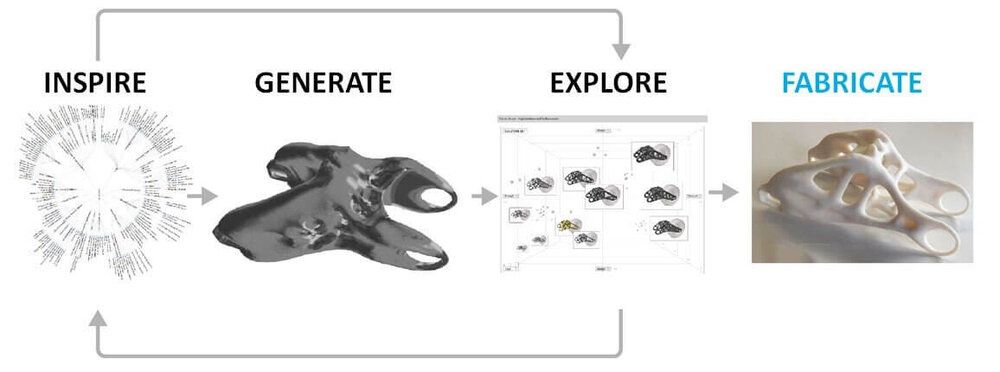
The process of using Autodesk’s Dreamcatcher, courtesy of Autodesk (Source: autodesk.com)

What algorithms are used in generative architecture design? Is generative design AI?
Several artificial intelligence technologies are integrated into the design process forming what we call generative design. This type of approach is called “Heuristics”: A technique to solve problems faster than traditional methods. This is the same technology that allows search engines like Google to decide to come up with suitable results for your search phrase.
To be more precise the technology used in the generative design is at a higher level, and more suitable for optimization problems called “Metaheuristics”. These are used for more complex problems such as generative architecture design. Some most used examples of these technologies are:
● cellular automata
● shape grammar
● genetic algorithm
● space syntax
● artificial neural network
● finite element method
● topology optimization
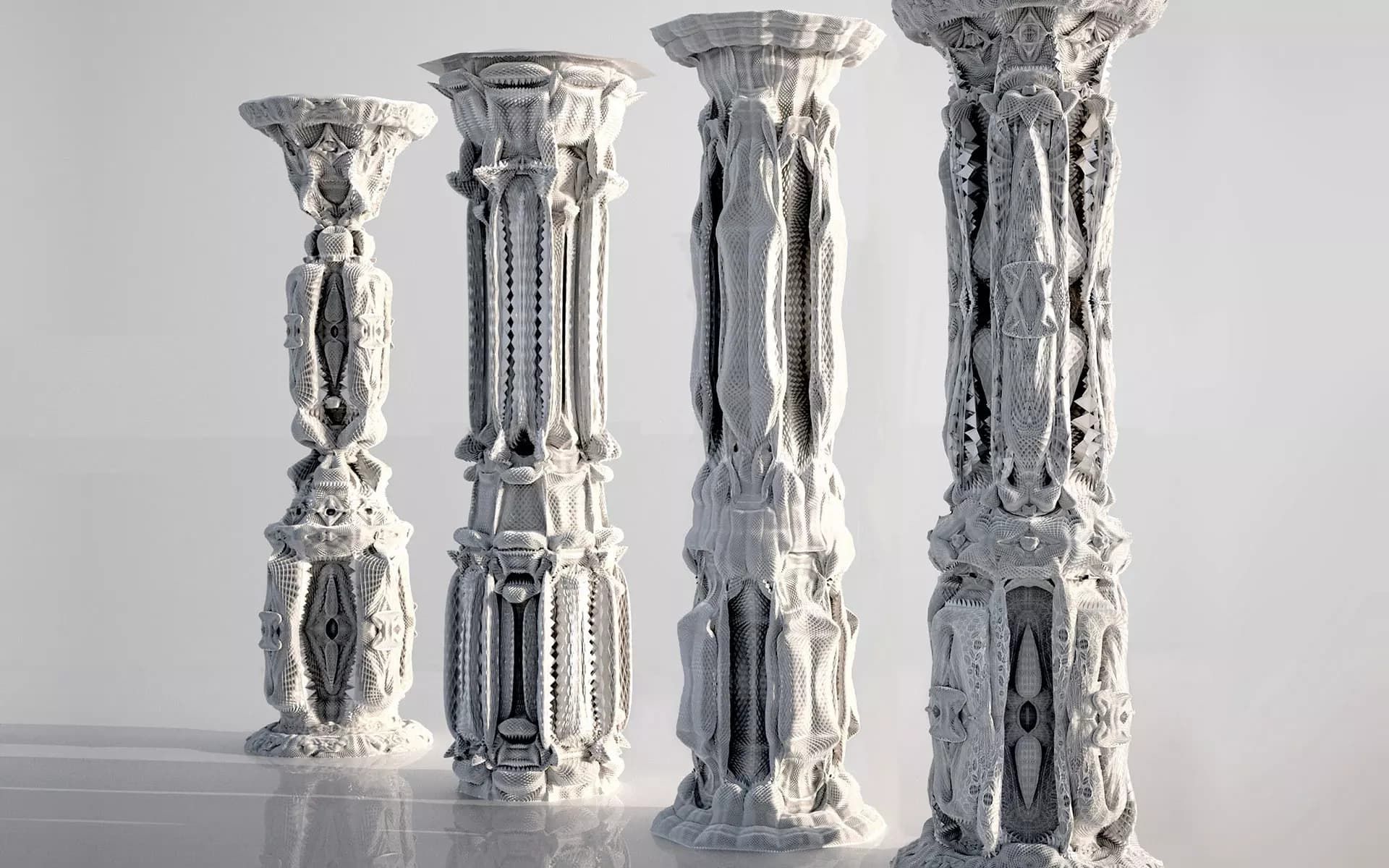
Generative Column Design by Michael Hansmeyer (Source: michael-hansmeyer.com)
Where should you begin? Which is the best software for generative architecture design?
If you have experience with CAD, BIM or parametric modelling software like Rhino and Revit, you can easily get into the AutoCAD or Revit generative design by learning some plug-ins or advanced features of this software. However, some software is specifically designed for generative design which differs from traditional CAD tools.
A list of both types:
● Rhino and Grasshopper
● Solidworks
● CATIA
● Autodesk Fusion 360
● Autodesk Inventor
● Autodesk Revit and Dynamo
● Creo generative design
● Nodebox
● Octopus
● Archistar
● nTop Platform
● Siemens NX
● MSC Apex Generative Design
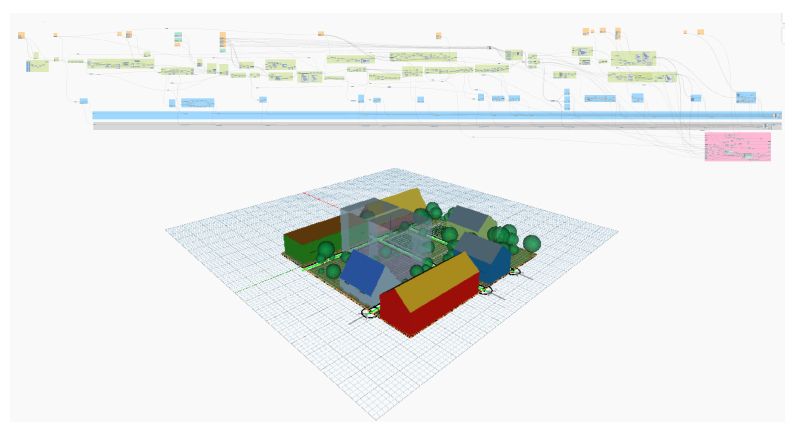
Generative Urban Design: A Collaboration Between Autodesk Research and Van Wijnen (Source: autodesk.com)
Impact of generative design
Over the last century, as we had to make sense of the explosion of information, so we have focused on generating knowledge. Knowledge led to an abundance of automation, and digitization led us to be able to automate many areas of tedious labour which we previously had to do manually. This digital expansion is already expanded into architecture as a discipline and is augmenting us to do things that we were doing until now in a different, more efficient, more effective way.
In a highly competitive market like architectural design, a massive gap between those who embrace these augmentations (like generative architecture design) and those who are oblivious to their effectiveness will result in the elimination of the latter. So it is very important to be up to date with the latest technologies and be proficient in them for the future of our careers.
So why wait? Upskill and be at the forefront of your architecture and design careers. Check out Novatr’s online Parametric Modelling Course and get started today!
For more interesting insights on computational design, software & tools ad industry trends, head to our Resources page.

Join 100,000 designers who read us every month

